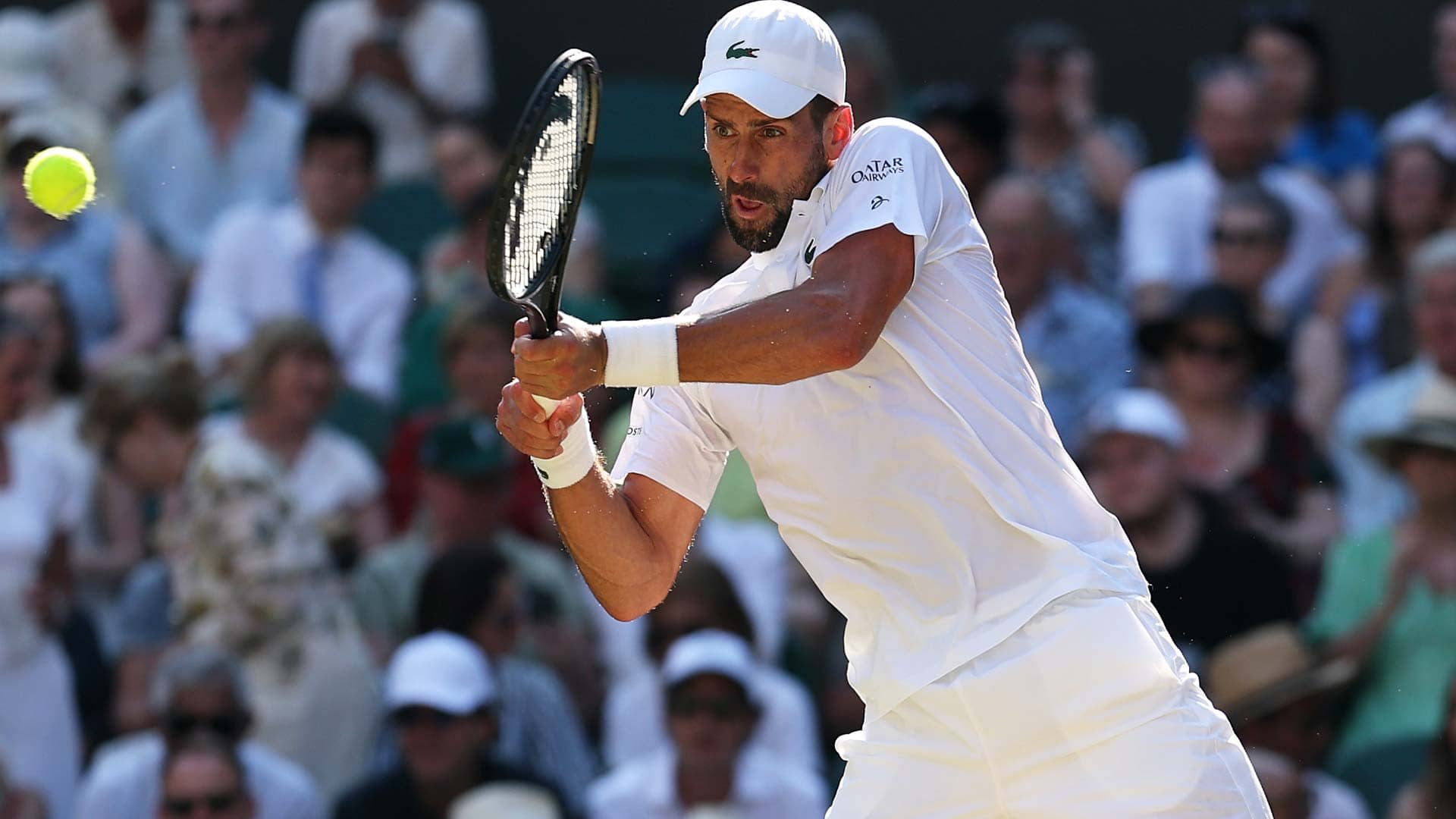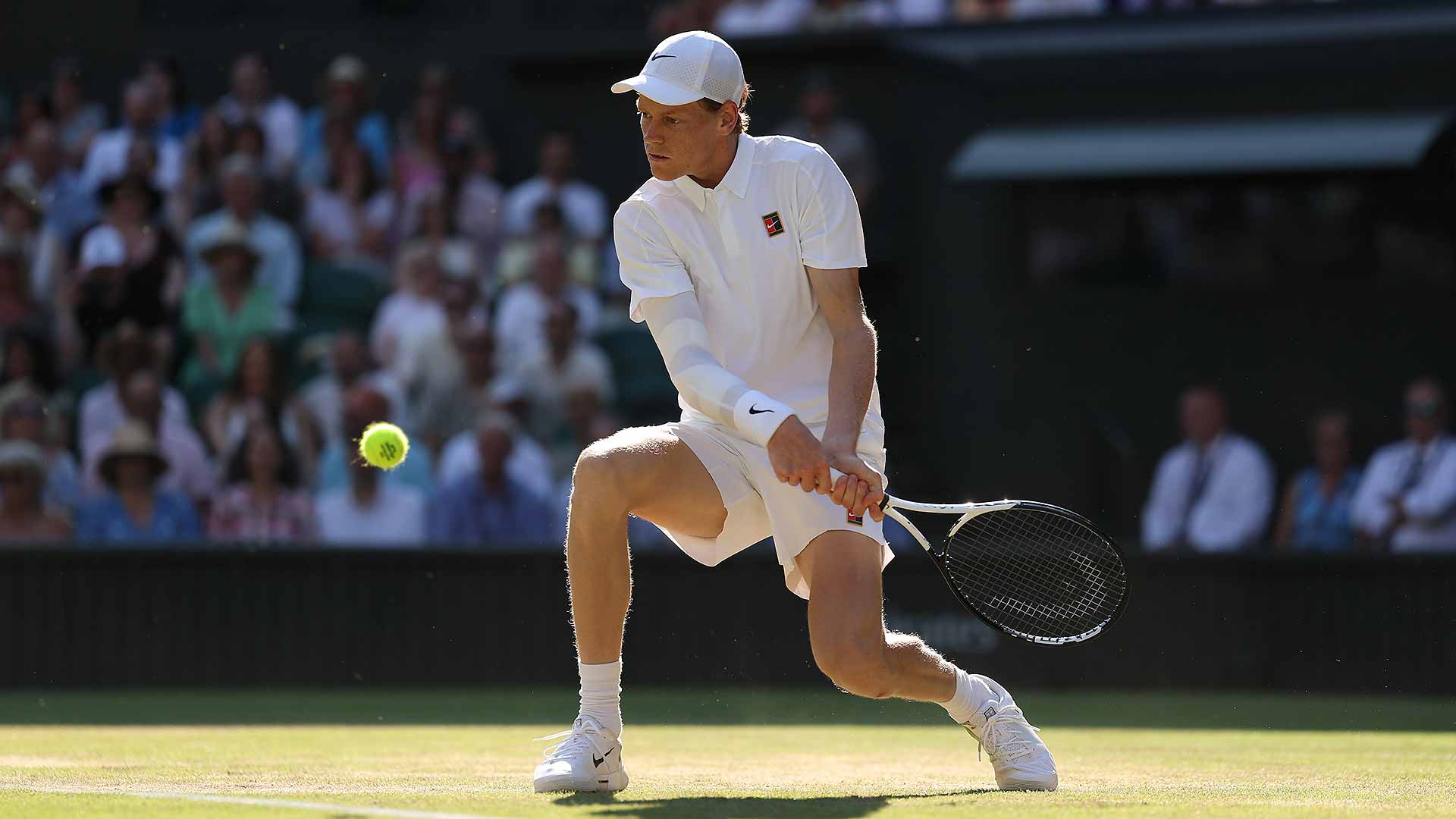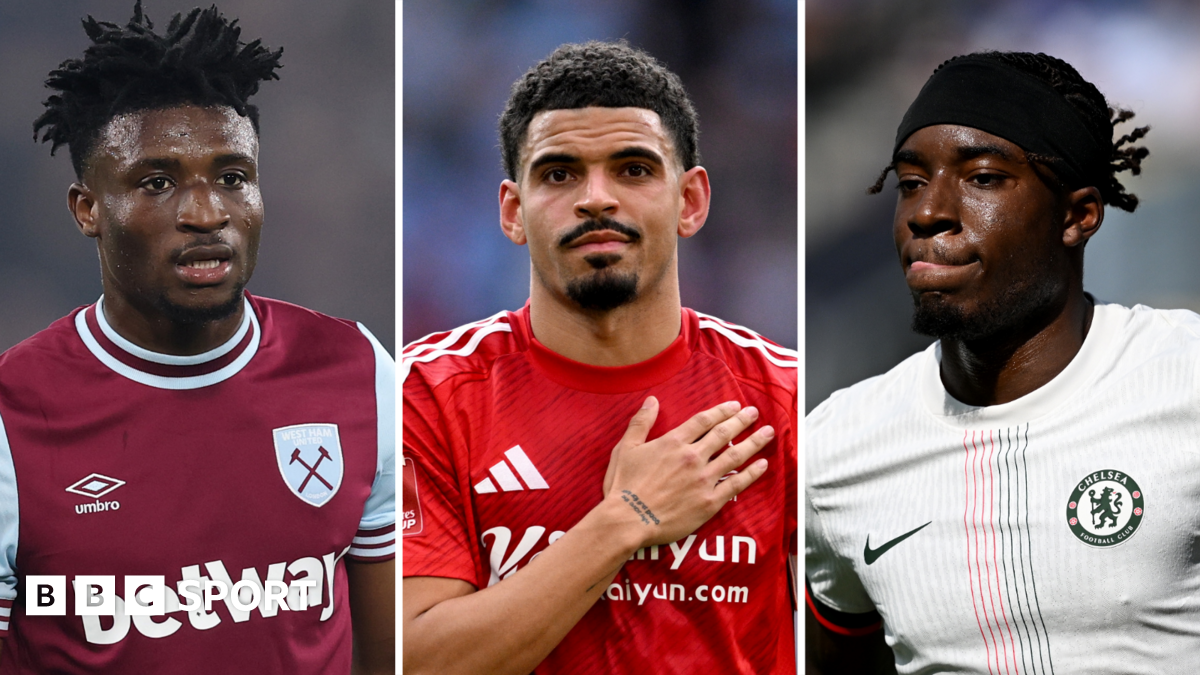I was put off organised sports for life by what we girls had to wear

School sports were invented in 19th-century Britain as a way to safely expend the energies of dozens of teenaged boys cooped up in boarding schools. Team games meant that one adult could supervise many young men, and encouraged them to enact aggression and form hierarchies in more or less contained and regulated environments. Doubtless people have been kicking and throwing balls almost as long as we’ve been walking on two legs, but it wasn’t part of formal education until the British started to train the officers of empire in schools designed for the purpose (still going on, undeterred, as a certain section of the British elite so often is, by the absence of empire).Girls’ schools, of the sort I attended, took a long time to invest in team games. In the 19th century, feminists recognised that the middle-class feminine ideal of years spent indoors, corseted, pregnant, perhaps bending over needlework, made women sick. As they established formal education for middle-class girls, “physical culture” was always on the curriculum: dance of various kinds, gymnastics, calisthenics, maybe fencing or archery for the daring. Nothing competitive, no teams. Girls’ energies weren’t thought to threaten public order.As a girl, I’d have preferred that. There was plenty of anxiety and competition already in my head, and the social hierarchies of a deeply snobbish school merged with the hierarchies of sport. It can’t possibly, I now think, be a coincidence that the sportiest, strongest, best winners in hockey and tennis and lacrosse were also the daughters of the wealthiest, whitest, most conservative families. It certainly wasn’t a coincidence that sporting prowess and confidence went together, because the clothes we had to wear for PE meant that anyone having difficulty navigating the changes of puberty and adolescence was totally exposed. It’s bizarre that while we weren’t allowed skirts above the knee – the centre of the knee – for other lessons, in PE they couldn’t be longer than mid-thigh when standing upright and still. We had to cover our legs, even in summer, all day, but bare them to the elements and the boys watching over the wall to run about.All this has been on my mind as the skorts row rages on. I spent years thinking I hated sports, that it was a choice between books and teams, brains and brawn, and since I liked thinking and books I couldn’t like team games. I discovered that it was relatively easy just to withdraw co-operation from PE, to stand still or walk calmly away from the ball. When “fielding” (probably rounders?) I’d gradually recede until I was in the library. Sometimes I quietly introduced an extra ball to a hockey game, which amused me if no one else. I didn’t care who won what, I just wanted it to be over.READ MORE[ Skorts v shorts: ‘They’re awkward, and if it’s your time of the month it’s just not comfortable’Opens in new window ]I wasn’t, actually, physically incompetent. I liked solitary, suburban running, was comforted by the rhythm of feet and breath as I still am. My family were energetic all-weather hikers and mountain climbers. I’ve always got around on a bike. Turned out, given a friend, free courts in the public park and a cheap racket, I wasn’t bad at tennis. Terrible at ballet, I moved on to ice-skating and accumulated an uncharacteristic haul of badges for jumps and twirls. For ice-dancing, it was allowed, required, to wear thick leggings with the little skirt.[ This photo strips the camogie skorts controversy back to its absurd essenceOpens in new window ]I expect boys who hated conflict and competition had similar experiences at boys’ schools, but I still see something particularly feminine in the exposure and humiliation of bodies that we were only just learning to prepare for public view. In adult life we choose – in a constrained environment – what to shave, what to show, how far to go. In the years when we were most vulnerable, least experienced, the adults who should have been guiding and protecting us used the excuse of “healthy exercise” to amplify shame and inferiority. I’ve always needed to be physically active, but I wasn’t the only one put off organised sports for life.This is why it matters that women, and especially girls, have agency over what they wear, whether that’s hijab or shorts. I don’t know why you think anyone’s looking at you, my mother and my teachers used to say, but now I have grey hair and no one looks at me I can say with conviction that they were wrong. There is a particular look cast on girls. That’s not okay, but meanwhile they need and deserve to armour themselves for it in whatever way they see fit.




.jpg)








